6. Wyatt Earp (1994)
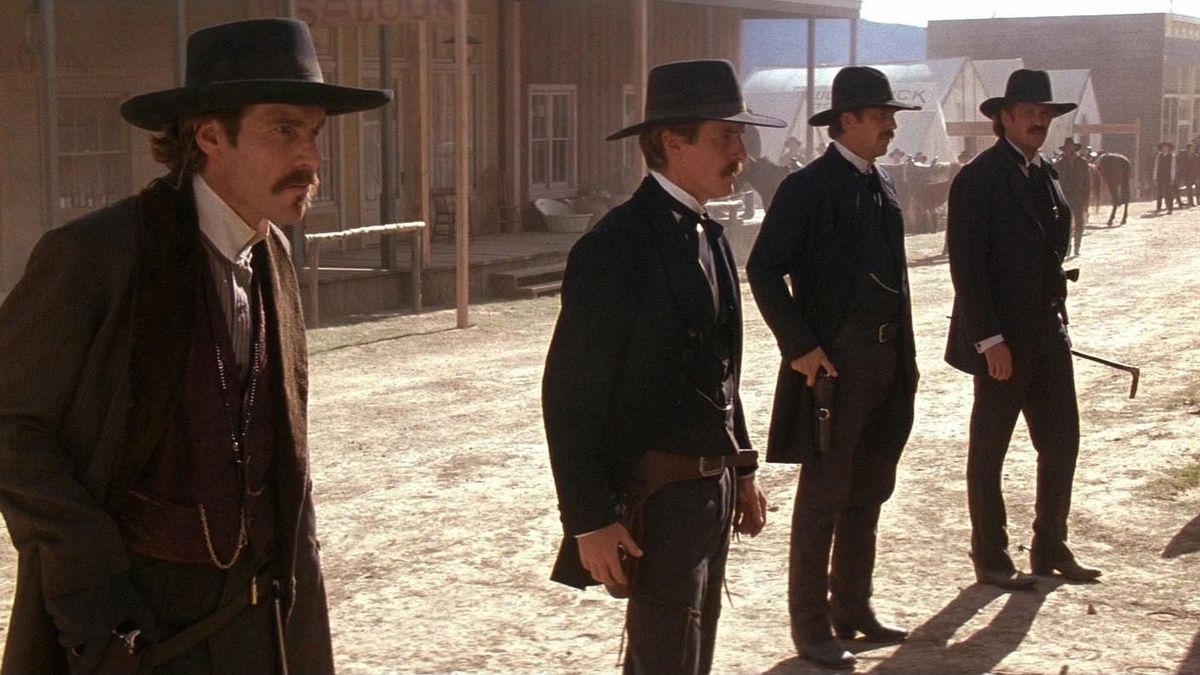
Was Kevin Costner’s 190 minute long adaptation of the Wyatt Earp story, released six months after Tombstone, ever going to be a hit? Producers wanted it to be. The faint scent of Heaven’s Gate lingers over Wyatt Earp; an Oscar-winning director massively committing to a black-cheque payment and allowing a self-assured conviction to fuel a ballooning ego. This is what can end in either huge success or unmitigated disaster. For Costner, it was neither: Wyatt Earp did not cost him his career, nor the actors in it, but it was still a failure that could not capitalise on its starry credentials.
Costner plays Wyatt Earp with the cold steeliness the figure demands, but because Lawrence Kasdan’s script is so centred on Earp alone, it’s a tough performance to really care for. Still, having Gene Hackman (a recurring theme with this list) leading a supporting cast of familiar 1990s faces, helps boost engagement with the merciless runtime. Akin to Dances With Wolves, Costner bestows the slow-burn story with strong production values. The sets are sturdy and the costuming, cinematography and location work all make Wyatt Earp an epic worth the eyes.
7. Legends of the Fall (1994)
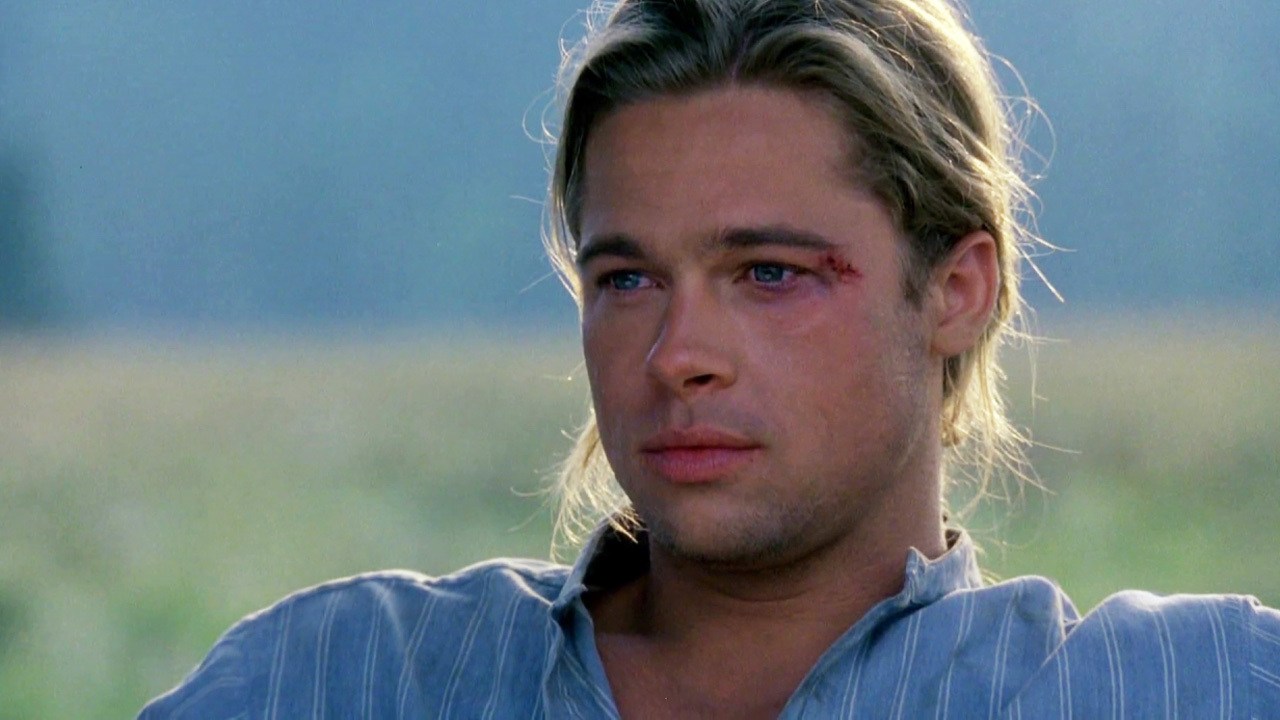
In the 1990s Sir Anthony Hopkins had the best agent in the business. His run of films from The Silence of the Lambs (1991) to Nixon (1995) in particular remains a high point for any actor, not least one whose variety in roles and performances seemed to almost reinvent the acting wheel. In amongst these great films is Hopkins’ controlled turn as a former colonel, William Ludlow, whose dissatisfaction with the treatment of Native American Indians leads him to, like John Dunbar, head to the wilderness. Relocating to Montana in the early 20th century with his friend One Stab (Gordon Tootoosis), Ludlow seeks to tame a small section of the wild and raise a family there.
Hopkins may be superb, but it is Brad Pitt’s star-making turn as Ludlow’s son Tristan that etches itself into the libido. Sporting a ponytail and looking like the most beautiful person in 20th century America, Pitt radiates perfection like the statue of a Greek Olympian. That John Toll’s sumptuous photography knows how to gawp at Pitt as much as it does the striking landscapes is part of the reason why he took home the Cinematography Oscar. Edward Zwick lathers on the melodrama like a butter-lover before a diet; this does turn Legends of the Fall into a Sunday afternoon film, but the Pitt, Hopkins and Bart the Bear acting trio is irresistible.
8. Dead Man (1995)
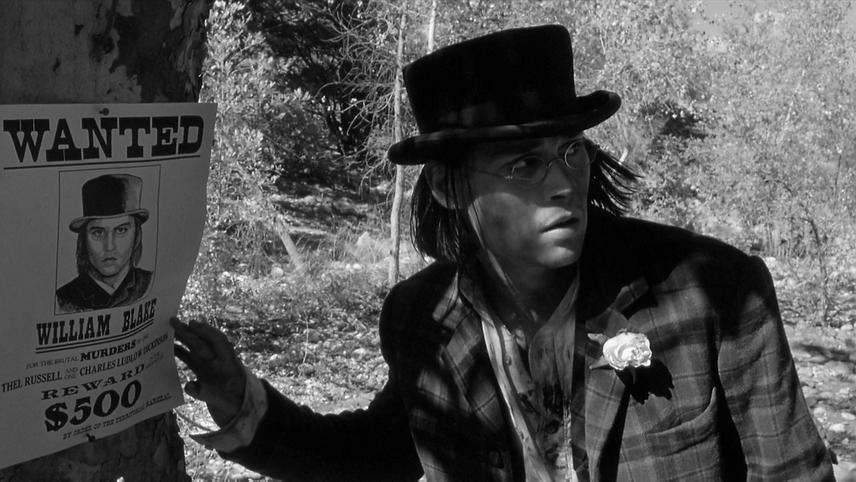
Dead Man is bookended by two sequences in which the protagonist, William Blake, lapses in and out of consciousness. The opening one is underpinned by the sounds of an eternal train journey to the frontier whilst the climactic one is scored by Neil Young’s soul-stirring guitar, emphasising the transition from the urban decay of capitalism to the spiritual freedom of nature. This may be the story of a man trapped within the liminal space of the Old West but director Jim Jarmusch has loaded it with swarms of literary references (Goldilocks! The Odyssey!), metaphors and commentary. From the genocide of buffalo and Native American Indians to the battle for one’s soul between light and dark, Dead Man repays multiple viewings and wider reading.
Because he is synonymous with embarrassing courtroom trials and quirky characters, Johnny Depp’s straightforward performances in films like Public Enemies and Donnie Brasco have largely been forgotten. As William Blake he is somehow the most sane thing in this acid-roasted Western. Travelling from Cleveland to the town of Machine for a job, he soon finds himself on the run from Robert Mitchum’s vengeful business owner, Dickinson, who has hired bounty hunters to track down Blake.
With the assistance of Nobody (a tremendous Gary Farmer), Blake adapts to the outlaw life as he seeks to be cleansed by the waters of the Pacific Ocean. The offbeat supporting characters, blaise violence and moody monochrome photography have fused into something rare for the Western genre: a true original.
9. The Quick and the Dead (1995)
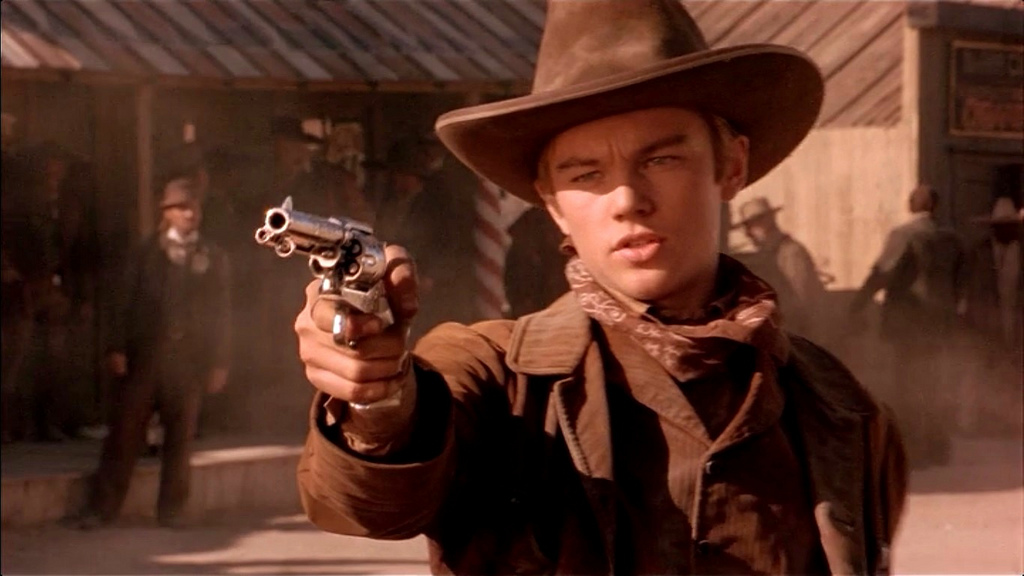
The fourth Gene Hackman Western of the 1990s is the most fun. It is an inevitability when The Evil Dead director Sam Raimi brings his postmodern quirks to a previously stylistically rigid genre. Hackman plays John Herod, a town tyrant. His performance answers the question ‘what if Unforgiven’s Little Bill did actually like gunfighting?’ Herod announces to his town that there will be a shooting tournament; a sequence of duels set in the street so that the winner can claim a cash prize.
Herod enters with utter self-confidence but so do three individuals whose presence begins ratcheting up the suspense: the mysterious Lady (Sharon Stone) who has her own agenda; Cort (Russell Crowe), a former outlaw of Herod’s gang who is forced into the competition; Fee ‘The Kid’ Herod (Leonardo DiCaprio), John’s inexperienced but cocky son. As the tournament starts nearing its semi-finals, the interest in who will duel who starts to electrify.
Hackman is built for Westerns. His tall physicality and cheery grin blends charm with menace. There is always a tension to his more verbal acting performances and he is one of the few A-listers to both scene-chew and also to sit back and let younger talents take the centre stage, as he does with DiCaprio and Crowe here. Those two are certainly entertaining because of their youthfulness but Sharon Stone is the one to closely watch; her leading role here channels Eastwood’s Man With No Name but is injected with the inherent sexuality of Stone’s persona. In any other film she is the dubious femme fatale but in The Quick and the Dead she is the audience surrogate who keeps a few cards close to her chest.
Raimi’s zany direction flows with tight edits, dolly zooms and canted angles. He is having as much fun behind the camera as DiCaprio is before it. The sound design for the gunshop scene perfectly nails the addictive nature of violence, as a reformed, Cold Turkey Russell Crowe tries to fight off his innate desire to hold a gun.
10. Lone Star (1996)
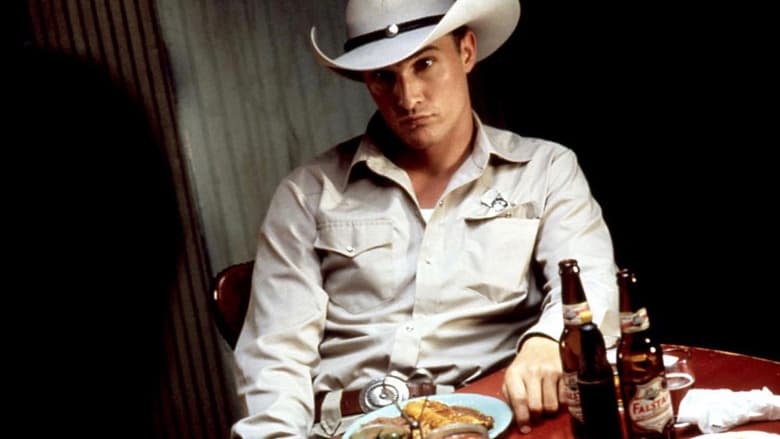
“Blood only means what you let it,” quotes black bartender Otis Payne in Lone Star. Part of his story revolves around his relationship to his despondent son, now an army colonel. Their history is one of neglect and anger, but through the curiosity of the grandson, there is a hope for reconciliation. That is the main theme of Lone Star, a forensic neo-western in which a Texan town grapples with past, present and future as its melting pot of cultures (white, black, Hispanic, Native American) increasingly collide.
Directed, written and edited by John Sayles and featuring a cast including Chris Cooper, Elizabeth Peña, Matthew McConaughey, Kris Kristofferson, Joe Morton, Ron Canada and Frances McDormand (for one scene), this is a contemporary film that examines the 1950s, the 1990s and, through the incredibly prophetic vision afforded to Sayles by the Oracle, America today. It is a history lesson that never becomes preachy, with the John Ford ‘print the legend’ mantra inextricably linked to the story.
There are many subplots at play within each represented ethnic group, but the thrust of the film is Sheriff Sam Deeds (Cooper) investigation of an old skull found on a rifle range. Sam’s father Buddy (McConaughey) was widely respected as the town’s sheriff, particularly for his part in running the corrupt Charlie Wade (Kristofferson) out of town. This story, and Buddy’s towering legacy, is caught up in the same Revisionist argument that the local school is having between the white, black and Hispanic parents. Lone Star ultimately concludes that truth is determined by the victors whilst the real truth is lost and, even if it is found, is always rejected.